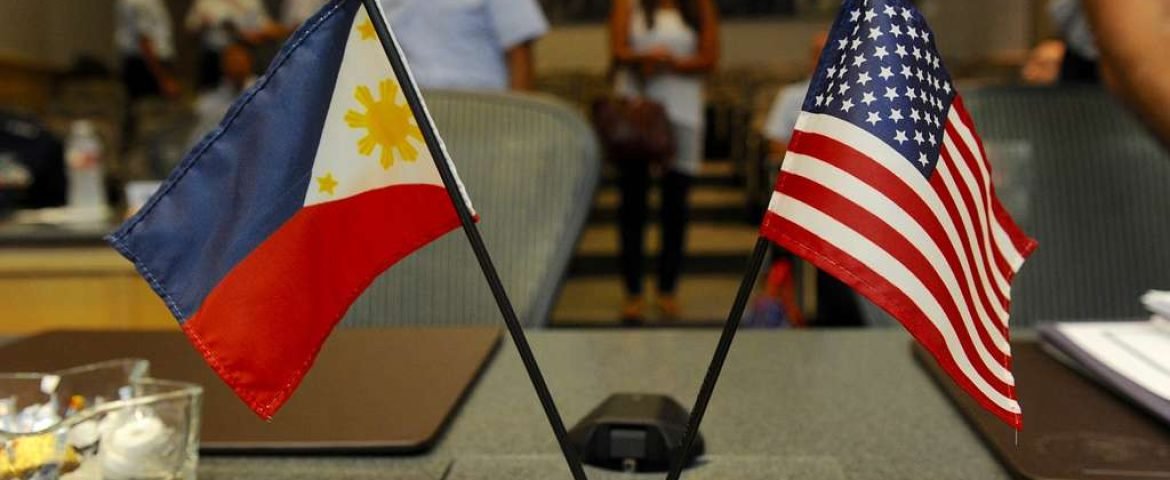
On May 1 2023, US President Joe Biden and Philippine President Ferdinand Marcos Jr. had a special meeting. The two leaders reiterated their “deep friendship”, presenting a united front against China. It indicates a closer partnership between two diverse nations amidst rising clashes in the South China Sea.
Just in April, the US and the Philippines held their largest war drills near the disputed waters. It was meant to be a warning to China to pause its aggressive activities in the South China Sea. The joint military exercise was also a reflection of the deepening ties between the two countries.
The Philippines has also given American forces access to four more military camps, including one that is situated close to Taiwan. The mutually beneficial partnership will challenge China’s intrusive marine ambitions in the region.
THE BONDS GET STRONGER
The Philippines has been among the oldest allies of the US. As early as 1953, the US government and the Republic of the Philippines signed an agreement on military assistance. The two nations renewed their allyship in 1998 with another agreement to allow reciprocal visits of military personnel between the US and the Philippines.
In 2014, the countries signed the Enhanced Defence Cooperation Agreement (EDCA) to deepen defence cooperation. This included maritime security and authorised access to pre-decided locations in the Philippines by the US forces on a rotational basis. The agreement was an attempt by the US to closely monitor China and gather intelligence about the latter’s expansion in the South China Sea. It is a water body flush with about 11 billion barrels of oil and 190 trillion cubic feet of natural gas, and hence a region where China claims sovereignty over the sea.
With a series of pacts, the US and the Philippines want to ensure that China’s efforts to reclaim land in the South China Sea don’t go unchecked.
The American-Filipino relationship has hit a reset over the past year, especially after ties between the two countries soured primarily due to former President Rodrigo Duterte’s alleged human rights abuse and drug war in the country. After Marcos Jr won the mandate, the rift has healed.
THE US & THE PHILIPPINES: BONDS OF STEEL
|
GOING DEEPER AND WIDER
A mix of strategic and financial initiatives by the US will be beneficial for Filipinos. Take the EDCA, for instance. The US has allocated over $82 million for projects in the Philippines. These include investments in the areas of humanitarian assistance, air combat training and infrastructure, as well as fuel storage.
The bilateral ties are not just restricted to military cooperation and maritime security. Since 2010, USAID has provided over $342 million in disaster relief and recovery aid across 100 cities and municipalities in the Philippines. During COVID-19 as well, the US contributed \$38 million in pandemic-related assistance and provided more than 32 million vaccines.
Trade relations between the two nations have also been further strengthened. In 2023 (January-March), the US exported goods worth $2,256.8 million to the Philippines and imported goods worth $3,208.6 million from the country. Some of the key imports include semiconductors, automobile parts, electric machinery, and textiles, while exports include agriculture goods, machinery, cereals, and raw and semi-processed materials for manufacturing semiconductors and electronics.
US President Joe Biden recently stated that America and the Philippines are “ironclad partners”. Deeper collaborations will also promote a stronger front line against future conflicts in the South China Sea. With the US as its closest friend, it is an opportune time for the Philippines, economically and militarily.
Stay up to update with our latest news.
Have Us Contact You

© Copyright ASEAN Business Partners 2025 I Sitemap I Privacy Policy